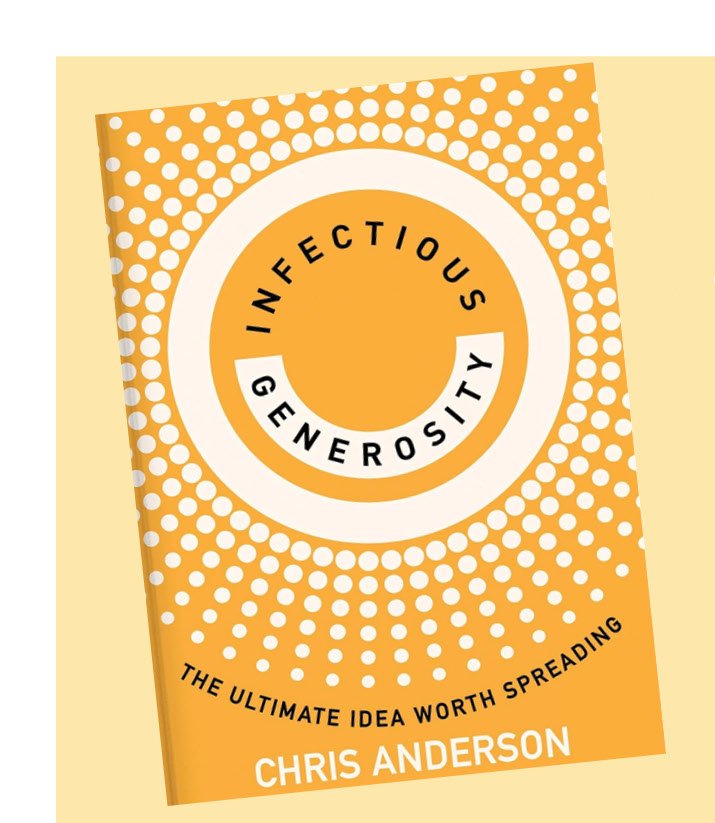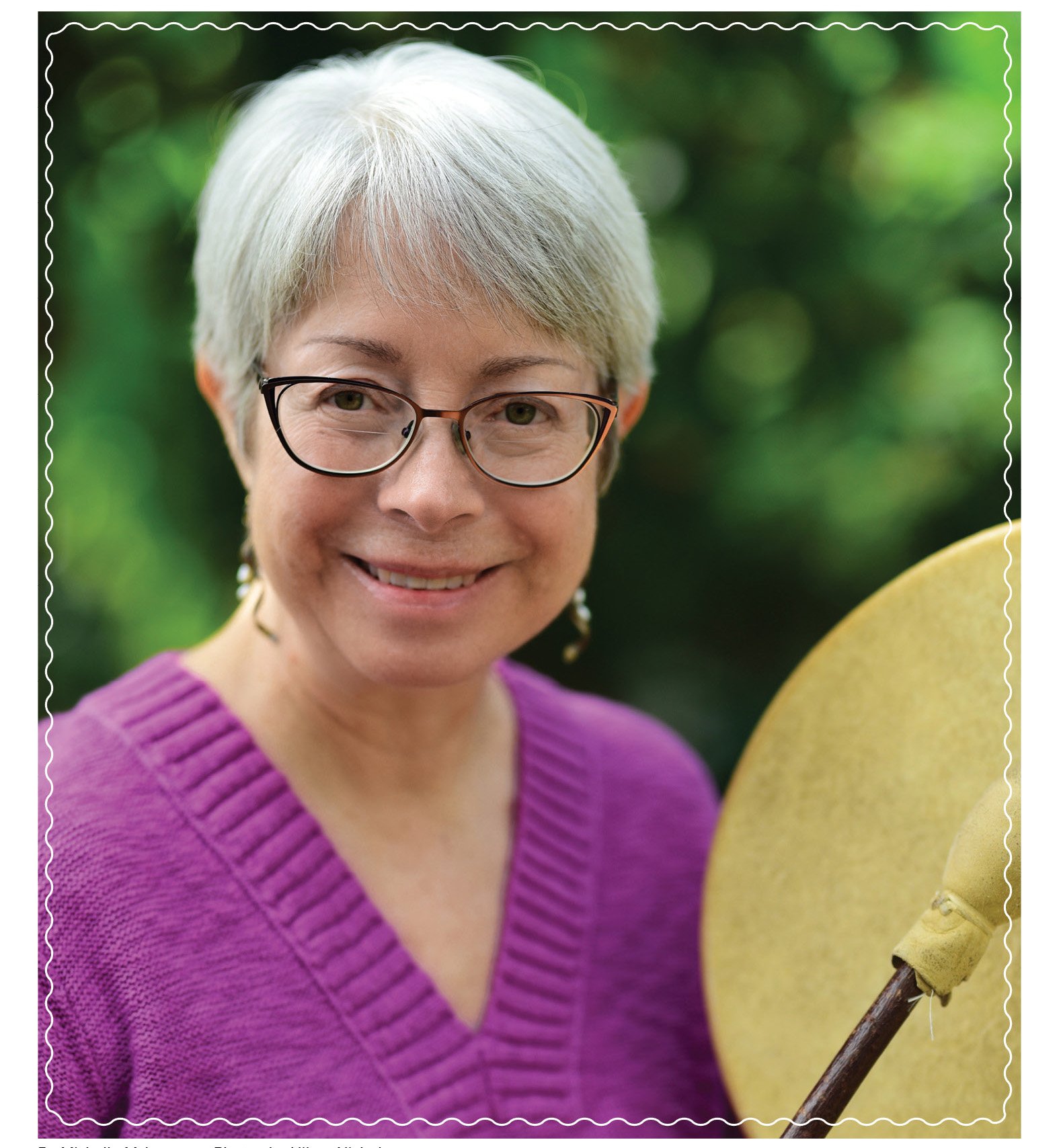Article and Photos By Cashmere Morley
If you ever have days when you’re feeling blue, or become red with passion, a recent resurgence in an antiquated form of spiritual photography says those feelings may not be too far off from reality.
Aura photography has become more and more popular on social media these past few years. The concept, which attracts enthusiasts and critics alike, originated in the 1970s. Unlike thermographic cameras which detect heat, aura photography captures a person’s aura. Aura photography is not a fortune-telling device nor a way to resolve questions. It captures the state you are in, right now, in your most present moment.
The uptick in recent interest in the practice has resulted in a flood of wispy, magical polaroids and inkjet-printed stills, scattered across screen feeds like a cotton candy, psychedelic dream. It’s a versatile practice in that everyone from grandma to teen brothers to Gwynth Paltrow is ready to discover what their own aura can tell them about themselves. But to understand what aura photography is, one must first understand the definition of an aura.
The first entry of the word aura in the Oxford Dictionary defines it to be a noun, meaning the distinctive atmosphere or quality that seems to surround and be generated by a person, thing, or place. Used in a sentence— "The ceremony retains an aura of mystery." The second entry, however, defines the word as a noun in terms of “spiritualism and some forms of alternative medicine:” a supposed emanation surrounding the body of a living creature and regarded as an essential part of the individual. Used in a sentence: "Emotional, mental, and spiritual levels form an energy field around the body known as the aura." Both definitions incorporate this idea of the aura surrounding the body, in one form or another.
Healthline.com notes that the “interpretation of what an aura is varies among practices and philosophies.” While that is true, what remains a constant through the different interpretations is the idea that all things in this universe have energy. Whether that energy is a reflection of your spiritual and/or physical body is up for debate. In more generic terms, an aura could be thought of as a vibe. If someone is giving off bad or good vibes, that’s their energy, or their aura, that you are sensing. In short, all things have energy: plants, people, pets, rocks. It’s the way you send out those vibes or energies that manifests as an aura.
Annette Schilz, owner of DNA Sales 2100 in Tecumseh, believes that through aura photography, she can show visitors how to tap into their deeper selves. Specifically, she believes your aura “shows you the energies that you are receiving and sending, and that it changes with your emotional state and your health. Ideally, having a strong aura helps protect and feed your chakras and maintain a good mind, body, and spirit balance.”
Said Schilz, “We interpret the aura as your energy field around your body. It’s like an emotional gauge, a little bit. You can tell what mode your thoughts are in by what colors are going to appear in the photo, and then naturally your chakras come into play with that, too. To me, they kind of meld together. Each thought or layer naturally goes to a different mode. I believe there are seven layers, which align with your seven chakras.” Those layers are physical, astral, lower mental, higher mental, spiritual, intuitional, and absolute.
Auras can change, second by second. With the use of rocks, essential oils, tuning forks, and more, Schilz can help guide visitors toward adjustments in their chakras, if they seek it. Sometimes, chakras can appear in aura photography sessions as blocked or lesser in levels than other chakras. By aligning those troubled chakras with objects that emit vibrations targeting those areas, anyone can learn how to make small adjustments in their lives to open themselves up to their full capacity, spiritually and otherwise.
“If you happen to get creative one day, and you say, ‘okay I need to do this creative thing,’ that's going to bring in those energies, it's going to change your colors to more creative green hues. And then, if you get into a layer of your mind where maybe you're thinking of someone you love, then that's going to change your chakras. What I love about the photography aspect, is that it gives a great visual so people can see how quickly the aura can change.”
A common question people have coming into aura photography, said Schilz, is, “What can I learn about myself?’”
To read an aura photograph, look not only at the colors and what they represent, but how are those colors haloed around the subject? Colors at the top of the photo represent your consciousness. The color to the left of the subject represents the energy that’s coming in, or the lens you see the world through. Are you an optimist? A pessimist? The color emanating on the right side of the subject’s body represents the energy that he or she is expelling. This is how the world perceives you. Are you warm and friendly? Or do people generally try to avoid your company? The visualization of an arch represents a goal or an aspiration the subject is perhaps trying to archive.
Read related article: Soul on a Short Leash: Butterflies, Bees, and Technologies
Colors can appear as a solid through the photograph, or can be mixed, a graduation from one color to the next. Red generally means the subjects are passionate but are encouraged to go out into nature to restore a balance in their lives. Orange auras exude confidence but can be emotionally aloof. Tan auras are generally organized go-getters that work best with structure in their lives. Yellow auras are known for their optimistic, warm personalities, which allow people to feel comfortable around them. Green can mean creative or goal-oriented types, but these energies can also hold themselves back. Blue auras are tied to nurturing, sensitive energies. Water activities can make them feel more grounded. Purple auras are the unconventional, non-judgmental types. They are encouraged to keep a journal and to trust in others. A white aura generally means intense energy and cosmic wisdom.
Schilz brings up a story about renowned psychic Edgar Cayce, who allegedly had the ability to ‘see’ auras without any kind of technology intervening. One afternoon, Cayce was going to board an elevator but stopped himself from entering, when he noticed everyone inside had a black aura clouding them. According to Schilz, the elevator line would end up snapping, killing everyone inside.
“Think about the people you surround yourself with,” said Schilz. “If you’re with someone that really brings you down, brings your energy down, and you tell yourself ‘Oh, I’m only around them for a half-hour, it’s okay,’ this practice disputes that. The energies you surround yourself with, do matter.”
Is the energy that surrounds us and everything else measurable? And if so, how? As we turn to how the camera captures the aura, we must also examine how an aura manifests itself.
To discuss the more tangible, scientific side of the aura phenomenon, we begin in Soviet Russia in the 1930s. Born out of Kirlian photography, the aura photograph was conceived when a scientist accidentally charged an object with electricity while sitting it on a photographic plate. The charge created when the two coalesced created a colorful ‘energy’ as the electricity discharged from the plate.
Aura photography did not take off, however, until the rise of alternative healing methods, such as crystals, in the 1970s. Guy Coggins took the Kirlian technique and tweaked it to his own camera system, resulting in the AuraCam 3000 (a later version, known as the AuraCam 6000, is still widely used today)
The AuraCam 6000 shows auras evolving in real time. To manifest your aura, you begin by placing your hand on a plate that contains sensors. Those sensors collect deviations in temperature, humidity, and static electricity. These parameters are then projected as a brilliant, colored aura on screen. Other parameters such as aura power, chakra levels, and balance between male and female energy, are also reported by infographs, and are all factored into the color that manifests onscreen and in your aura photo. If chakra adjustments are made during this time, the aura will reflect those changes almost immediately.
While Schilz had an AuraCam that connected to the top of her computer, some practitioners of aura photography use a polaroid to capture auras, since it is more portable and can be used anywhere, as opposed to having a set studio space. Christina Lonsdale, Portland creator of the popular roving polaroid photography aura practice, Radiant Human, prides herself on being the first “roving, fully adaptable aura photography laboratory” of its kind, in that she comes to you for an aura reading.
Lonsdale claims Radiant Human works as a “conduit for those seeking a new kind of self-exploration—a brief, metaphysical vision quest, compelling us toward a uniquely tangible kind of self-discovery.” She notes that while aura photography can help occupy “the gray space between science and mysticism,” familiarizing ourselves in the practice “immerses us in the quantifiable forces just outside of human perception—helping us to acknowledge the naked energies we all radiate into our world. Perceptions can pivot with the click of a shutter, illuminating our truest selves, and giving new light to what was there all along.”
Schilz said she has been able to help diagnose and treat everything from stomach ailments to hernias in visitors, based on what chakras appear to be blocked or appear as lower levels in their aura photo. Whether you believe in the technology or not, Schilz suggests everyone should approach aura photography with an open mind.
“My whole theory is that we really need to do more on our emotional level,” said Schilz. “I mean, I think that's kind of what's being missed. People are so focused on the physical, but they never really attach any of their problems to the emotional. So, we decided aura photography would be a great tool to help people first visualize and understand how outside problems might be connected to inside emotions, and it starts with getting in tune with the aura.”
Visit DNA Sales 2100 for an aura photograph at 406 North Pearl Street in Tecumseh, MI, between Monday and Friday, 10 a.m. to 7 p.m., and Saturday, 10 a.m. to 6 p.m. To learn when Radiant Human is coming near you, visit radianthuman.com.





































































































































































































Do you remember when you were a child and you watched mom or dad rake all the orange, yellow, or brown leaves scattered on the lawn into a pile? I remember how that pile was as high as my waistline (now I can’t even see my waistline), and it was just waiting for me to fall into them. And I did. Nowadays, I think of fall as a great time to refocus on fitness.